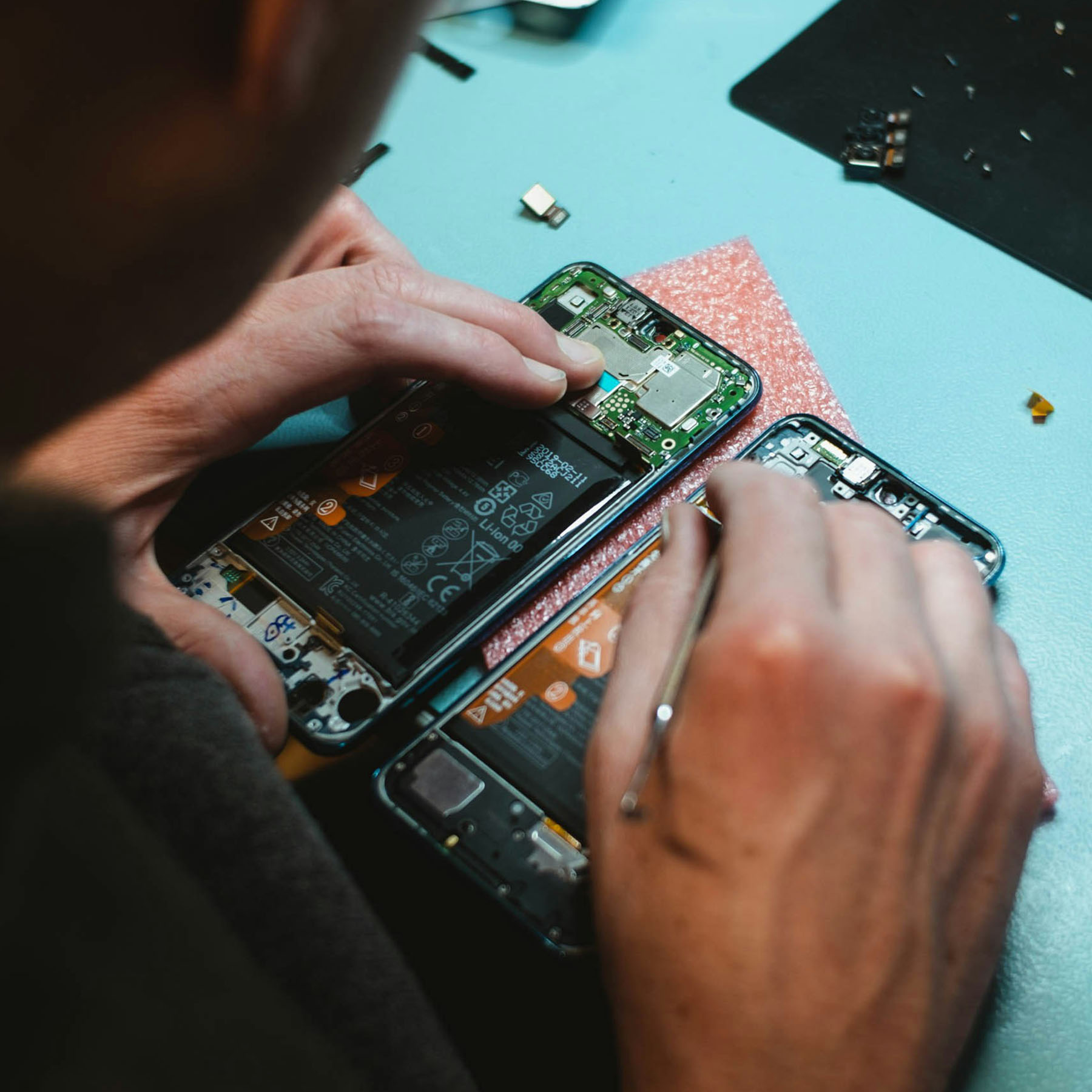The Right to Repair in Canada: Advantages and Pitfalls
The right-to-repair debate has gained significant political and mainstream media attention over the last decade as awareness of related economic, social and environmental consequences has grown. The right to repair pertains to the broad range of internet-connected physical goods comprising the Internet of Things (IoT), including common household goods such as security systems, thermostats, toys and fitness wearables. It also applies to devices with computerized systems such as automobiles, agricultural and construction equipment, as well as medical equipment such as power wheelchairs, and even military equipment. The right to repair grants consumers access, at reasonable prices, to manufacturers’ diagnostic software, repair manuals, specialized tools and service parts, as well as consumers’ right to choose whether they patronize independent repair shops or those authorized by the IoT company.
The right to repair is not simply about accessing tools and spare parts or saving money. This case study argues that it is a broader battle over who should be allowed to control and use knowledge, with the important knowledge in this case relating to the ability to repair and innovate. The ability to decide who can access knowledge and under what conditions is a fundamental expression of power, creating dynamics of haves and have-nots. Restrictions on repair can be understood as a form of knowledge governance. Original equipment manufacturers attempt to lock down knowledge relating to the operation and repair of their products by restricting access to diagnostic software, specialized tools and spare parts, and manuals essential to the repair of their products. Further, manufacturers strategically use intellectual property law and software licence agreements to prohibit repair legally.
Case Study #9
Download Includes: Case Study, Teaching Note
ISSN 2819-0475 • doi:10.51644/BCS009

